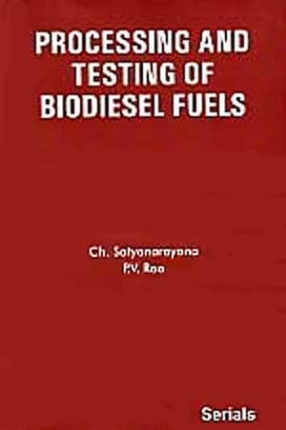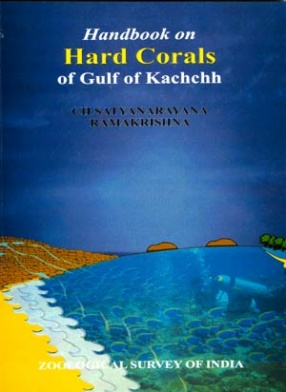
Showing all 6 books

The concept of Gulf of Mannar biosphere reserve provides a useful framework to guide and reinforce projects to enhance people's livelihoods and ensure environmental sustainability. The international recognition by UNESCO helps in raising the profile of the site and attracting resources for better management and in the improvement of socioeconomic status of the people living around GoMBR.
Contents: 1. Introduction. 2. Material and methods. 3. Results. 4. ...

This book is designed to serve as a basic reference for research scholars and post graduate students working in the field of biodiesels. This book provides the following key features. 1.The basic information on biodiesel processing and properties. 2.Empha.

The book is divided into four chapters. The first chapter is meant to give an introduction on coral reefs, in lieu of the fact that majority of us in India, including literates in zoology have meagre knowledge about the paradises (coral reefs) and their associates may be because of their occurrence under a medium which is not easily accessible to us. This chapter deals with subsections on reef definition, composition, occurrence, importance, reef types, coral ...

The Gulf of Mannar is not only the first marine biosphere reserve in India, but also the first in South and Southeast Asia. The Gulf of Mannar Biosphere Reserve (GoMBR) encompasses 21 islands. These are uninhabited islands, ranging in size from 0.25 ha to 130 ha, spreading along the coast for 170 km, with the closet being 500 m and the furthest, over 4 km from shore. The islands and their shallow waters form the core of the reserve. This core area is in turn ...

The present 'Handbook on the hard corals of India' is the maiden work on taxonomic and photographic guide for the identification of corals that inhabit Indian waters. The aim of this guide is to document the biodiversity of Indian corals identified both during the Aus-Aid, India-Australia Training and Capacity Building Project, Coral Taxonomy Training (Museum of Tropical Queensland, Townsville: October 2001-January 2002) (Appendix 2) as well as form other ...

Conservation and sustained development of natural living resources and environmental protection have been the focus of extensive, scholarly attention in this century. The diverse use of coastal and oceanic habitats for fishing, oil and gas, energy, tourism, education and research has naturally generated significant capital returns. This has resulted in increased competition over ocean and coastal resources. Irrational exploitation of natural resources has crossed ...
